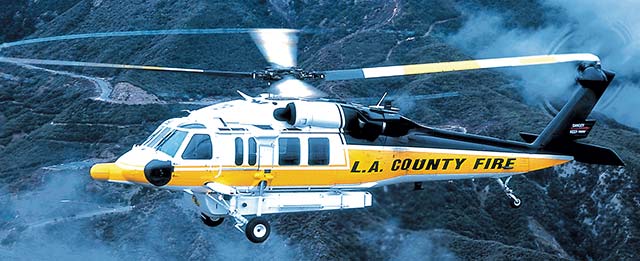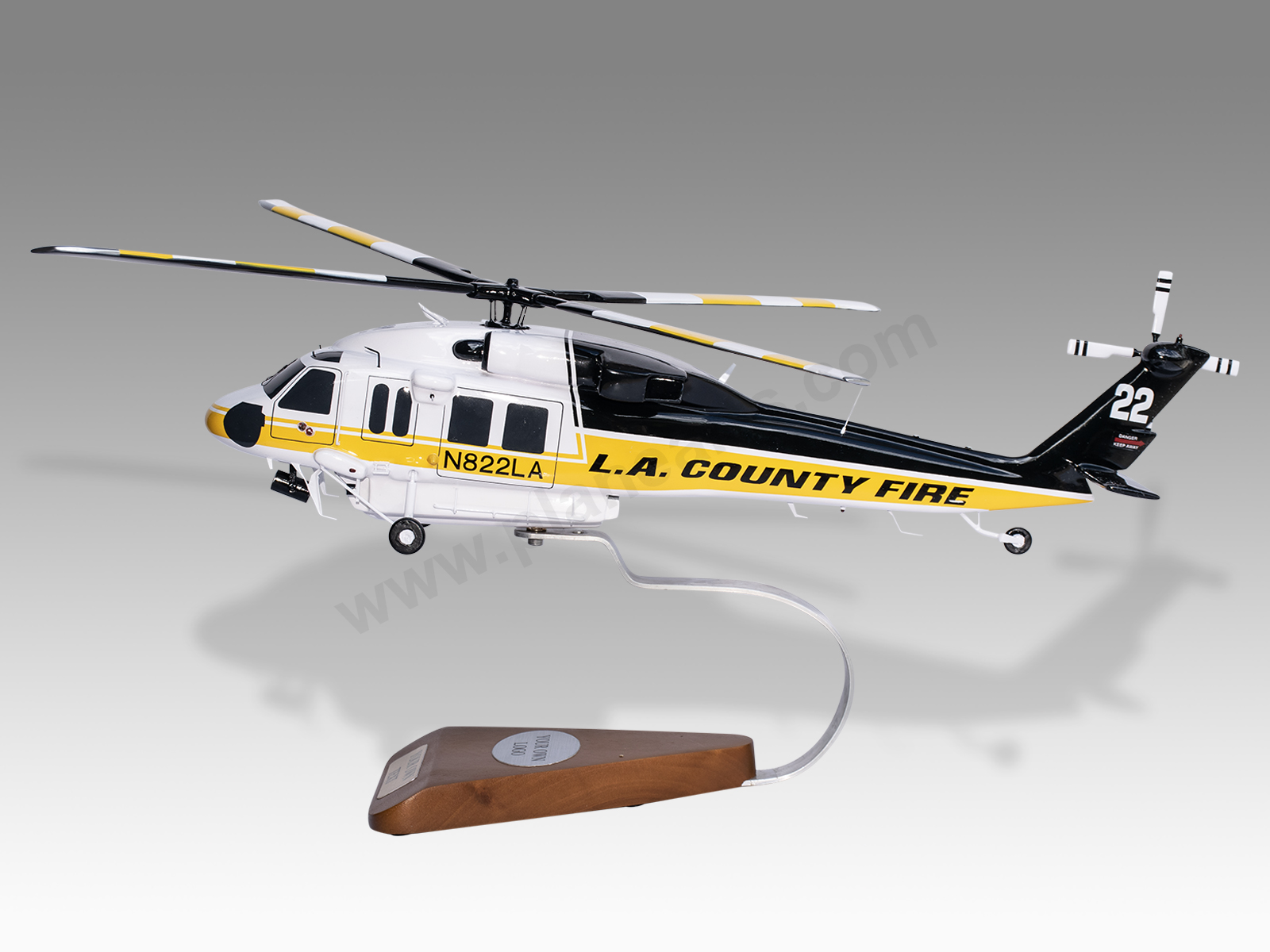Rotary-Wing Airplane Offering Superior Toughness and Precision Design
In the realm of aeronautics, rotary-wing aircraft have long been acknowledged for their one-of-a-kind capabilities in numerous functional settings. As we discover the complex equilibrium between development and reliability in rotary-wing aircraft, it becomes obvious that the merging of sophisticated modern technology and tried and tested style principles has established a brand-new requirement for performance and performance in the aerospace sector.
Development of Rotary-Wing Innovation
Throughout the history of aeronautics, the development of rotary-wing technology has been a testimony to regular development and development in aerial engineering. From the early days of upright flight with basic layouts to the advanced helicopters and other rotary-wing airplane these days, the progress in this area has been remarkable.
In the very early 1900s, pioneers like Igor Sikorsky and Juan de la Cierva made substantial strides in rotary-wing innovation. Sikorsky's VS-300 helicopter, first flown in 1939, noted a turning point in the advancement of practical rotary-wing airplane. This success led the way for further innovations in vertical trip abilities.

Today, rotary-wing airplane play critical functions in different fields, consisting of military operations, emergency medical services, police, and business transport. The advancement of rotary-wing modern technology proceeds to push the boundaries of what is possible in vertical trip, making sure that these airplane continue to be crucial assets in the aviation industry.
Materials and Construction Innovations
Demonstrating a fusion of cutting-edge products and specific building and construction strategies, rotary-wing airplane have actually gone through considerable improvements in toughness and efficiency. Among the vital advancements in products utilized for rotary-wing aircraft is the enhancing application of composite materials. These products, such as carbon fiber enhanced polymers, provide a high strength-to-weight ratio, enhancing both the architectural stability and general performance of the airplane. Furthermore, innovations in producing processes have actually permitted for even more specific and detailed building of rotary-wing components, adding to enhanced aerodynamics and performance.
Furthermore, the assimilation of advanced layers and surface therapies has played a crucial function in boosting the sturdiness of rotary-wing airplane. These finishings provide security versus corrosion, abrasion, and severe weather, expanding the lifespan of the aircraft and decreasing maintenance demands.
In regards to building advancements, additive manufacturing, also understood as 3D printing, has actually changed the manufacturing of facility components for rotary-wing aircraft. This innovation enables quick prototyping and customization, causing much faster growth cycles and reduced expenses. Generally, the continual advancement of products and construction techniques is driving the abilities and performance of rotary-wing aircraft to new hop over to these guys elevations.
Accuracy Trip Control Solution

The assimilation of GPS innovation even more boosts the precision and reliability of these systems, permitting for exact navigation, waypoint monitoring, and automated flight control. sikorsky s 70. This degree of precision not just improves the safety and security of rotary-wing procedures but additionally improves total operational performance and objective performance
Additionally, the continuous innovations in synthetic knowledge and artificial intelligence have promoted the advancement of news independent trip abilities within Accuracy Flight Control Solution. This enables rotary-wing aircraft to carry out complicated objectives with unparalleled precision and consistency, making them vital assets in a large array of applications, including military procedures, search and rescue goals, and aerial photography.
Longevity in Challenging Atmospheres
Popular operational settings, rotary-wing aircraft show exceptional durability and toughness, making certain optimal performance under difficult ecological problems. These airplanes are made to hold up against a variety of ecological factors, consisting of severe temperature levels, high winds, and rough terrain, making them appropriate for different goals in varied landscapes.
One key element adding to the longevity of rotary-wing airplane is their sturdy construction. These aircraft are built using top quality materials and advanced engineering techniques to enhance their structural integrity and reliability. Additionally, components such as rotor blades, engine systems, and landing equipment are meticulously designed to withstand the stresses and pressures run into throughout procedures in difficult environments.
In addition, rotary-wing airplane are geared up with innovative onboard systems that keep track of performance metrics in real-time, permitting aggressive upkeep and early detection of possible concerns - sikorsky s 70. This positive method helps protect against unanticipated failures and guarantees the ongoing airworthiness of the airplane sought after functional setups. In general, the sturdiness of rotary-wing airplane in difficult environments is a testimony to that site their remarkable engineering and layout, making them vital assets for numerous mission-critical operations
Upkeep and Reliability Specifications
The adherence to rigid upkeep and dependability requirements is paramount in making certain the ideal efficiency and security of rotary-wing airplane. Routine upkeep checks, carried out by licensed specialists, are essential to determine and address any type of potential problems prior to they compromise the airplane's functionality. These checks include a thorough evaluation of all essential elements, consisting of the engine, rotor system, avionics, and hydraulic systems, to ensure that they remain in prime working condition.
Additionally, adherence to scheduled maintenance periods according to maker standards is essential for maintaining the airplane's reliability. This positive technique helps avoid unforeseen failures and ensures that the aircraft continues to be airworthy for its designated objectives. Additionally, the application of durable integrity standards, such as routine component testing and replacement based upon established lifecycles, better boosts the aircraft's dependability.
Conclusion

Finally, the advancements in rotary-wing aircraft innovation have resulted in remarkable longevity and accuracy design. With cutting-edge products and building and construction strategies, in addition to accuracy trip control systems, these airplane can run in tough settings with enhanced integrity. The upkeep and integrity criteria make certain that these rotary-wing airplane remain to do at their finest, making them vital possessions for different industries.
Demonstrating a blend of sophisticated products and accurate construction strategies, rotary-wing airplane have undergone substantial innovations in toughness and performance. One of the key innovations in products utilized for rotary-wing airplane is the boosting usage of composite materials.With thorough interest to detail and progressed technological assimilation, rotary-wing aircraft have actually accepted Precision Trip Control Systems as a keystone of their operational quality. Generally, the resilience of rotary-wing airplane in difficult settings is a testament to their superior design and style, making them vital assets for numerous mission-critical procedures.
In conclusion, the improvements in rotary-wing aircraft modern technology have led to remarkable resilience and accuracy engineering.